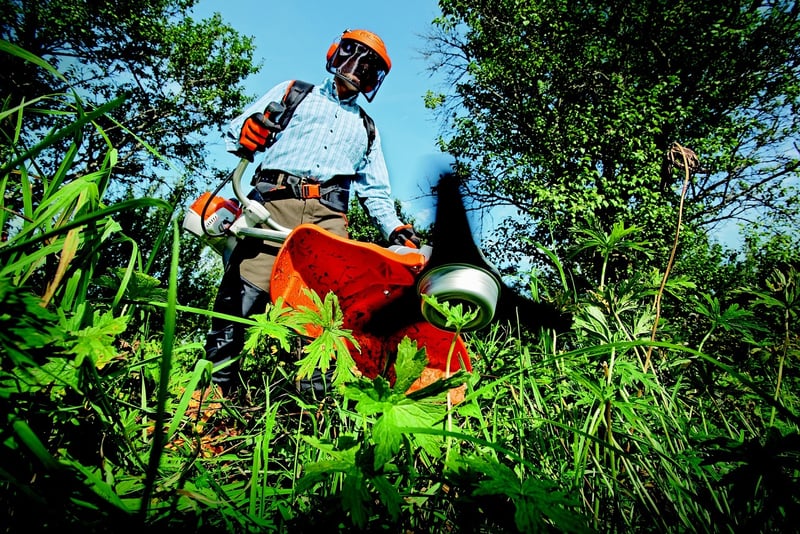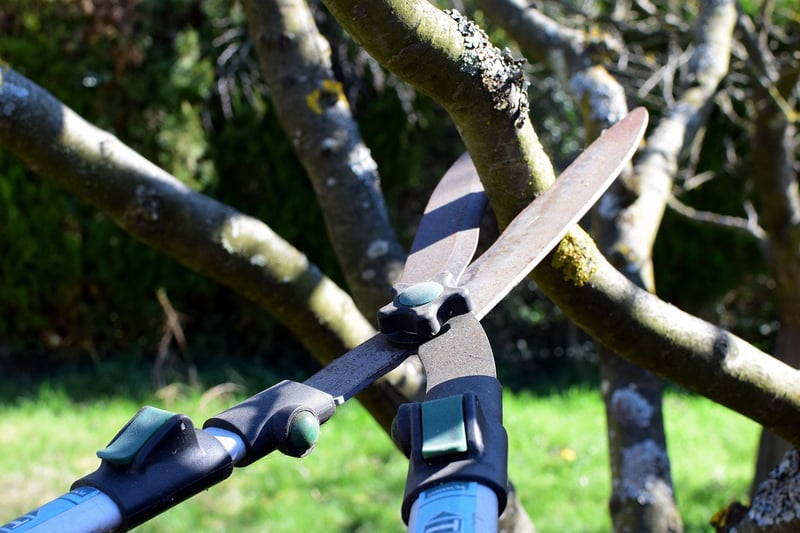Pruning Techniques
Keeping Your Plants Healthy: Essential Pruning Techniques
Plants require regular care to thrive and stay healthy. One crucial aspect of plant maintenance is pruning. Pruning is the process of selectively removing certain parts of a plant to promote growth, improve structure, and enhance overall health. Here are some essential pruning techniques to help you keep your plants in top condition.
1. Tools for Pruning
Before you start pruning, make sure you have the right tools for the job. Essential tools include sharp bypass pruners for cutting small branches, loppers for thicker branches, and pruning saws for larger limbs. Keeping your tools clean and sharp will ensure clean cuts and prevent damage to the plant.
2. Timing of Pruning
The timing of pruning is crucial for the health of the plant. Generally, the best time to prune is during the plant's dormant season. For most plants, late winter or early spring before new growth begins is ideal. However, some plants may require specific timing, so it's essential to research the particular plant species.
3. Removing Dead or Diseased Branches
One of the primary reasons for pruning is to remove dead, diseased, or damaged branches. These can harbor pests and diseases, affecting the overall health of the plant. By cutting them back to healthy tissue, you prevent the spread of problems and encourage new growth.
4. Thinning Out Overcrowded Branches
Plants can become overcrowded with branches, limiting air circulation and sunlight penetration. Thinning out excess growth allows for better light exposure and airflow, reducing the risk of fungal diseases and promoting overall plant health.
5. Shaping and Training
Pruning can also be used to shape and train plants for a desired form. By selectively cutting back branches, you can encourage bushier growth, improve flowering, or create a specific shape. Regular pruning helps maintain the plant's structure and appearance.
6. Pruning Techniques
When pruning, make clean cuts just above a bud or lateral branch to promote healthy regrowth. Avoid leaving stubs or cutting too close to the bud. For larger branches, use proper pruning techniques such as the three-cut method to prevent tearing and damage to the plant.
7. Monitoring Plant Response
After pruning, monitor how the plant responds to the trimming. Healthy plants will show new growth and improved vigor. If you notice any issues such as wilting, discoloration, or lack of growth, make adjustments to your pruning techniques accordingly.
Conclusion
Pruning is a vital aspect of plant care that helps maintain their health, appearance, and productivity. By following these essential pruning techniques and paying attention to your plants' needs, you can ensure they remain healthy and thriving for years to come.

Remember, each plant species may have specific pruning requirements, so always research the best practices for your particular plants. With proper pruning techniques, you can enjoy a beautiful and healthy garden all year round.
